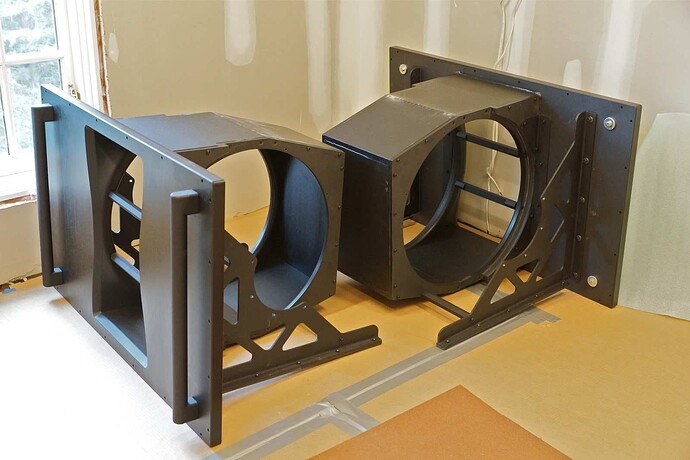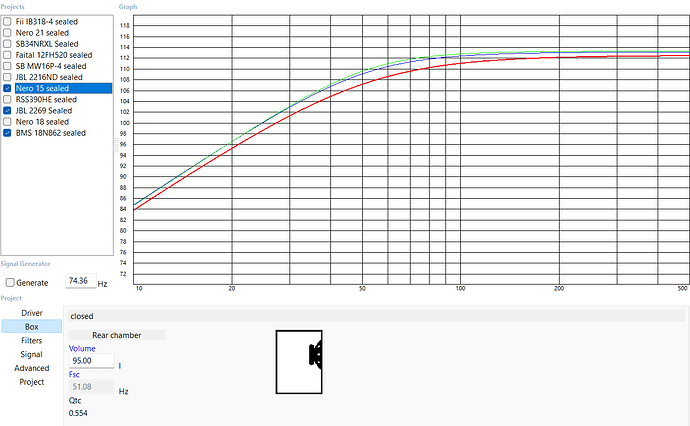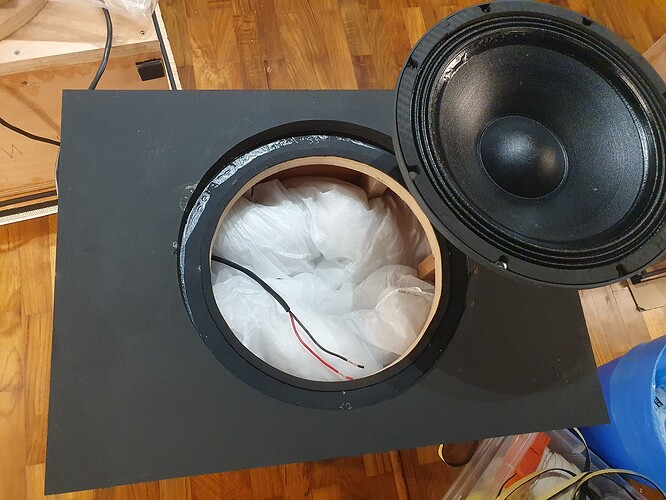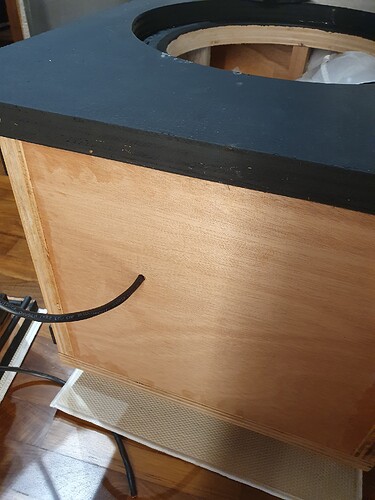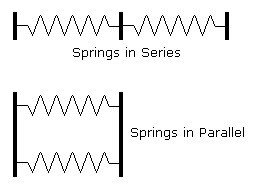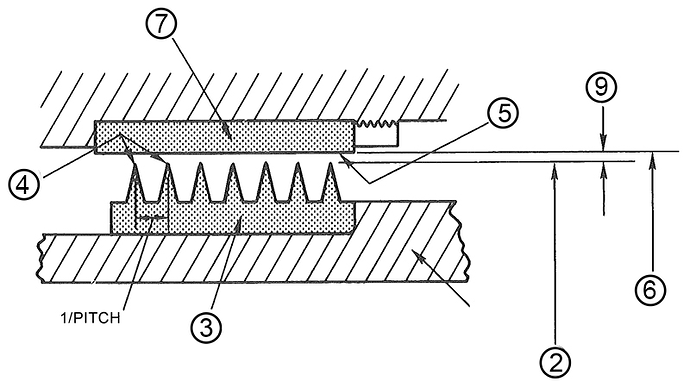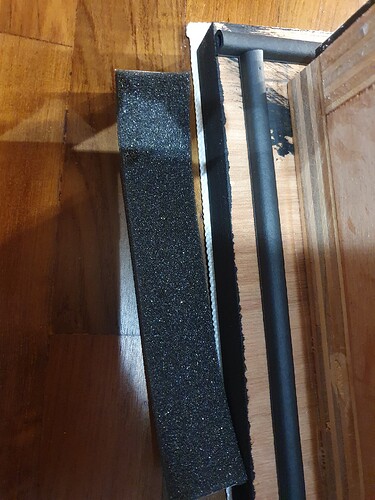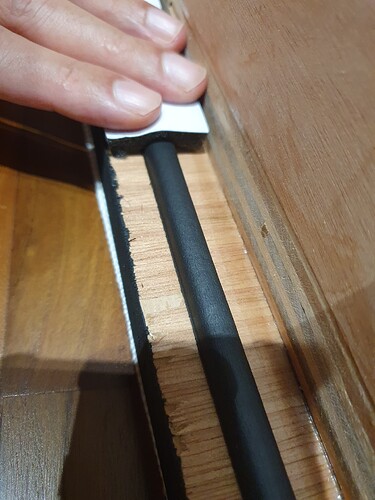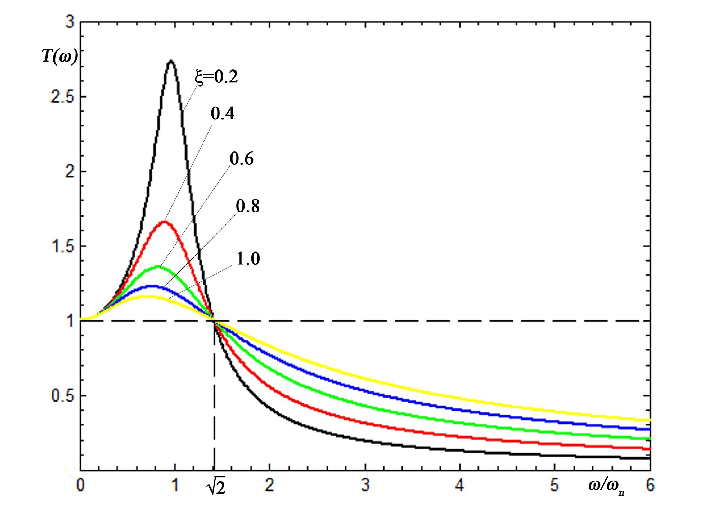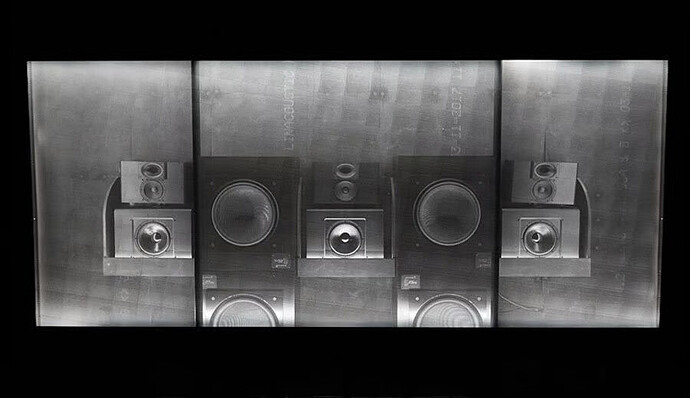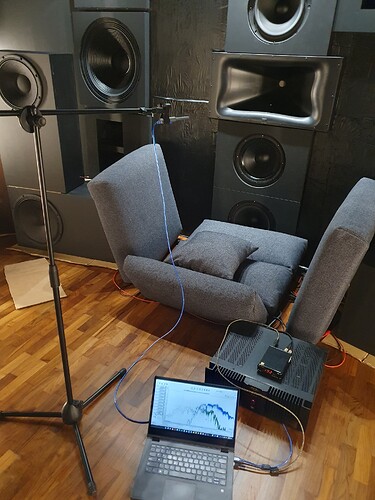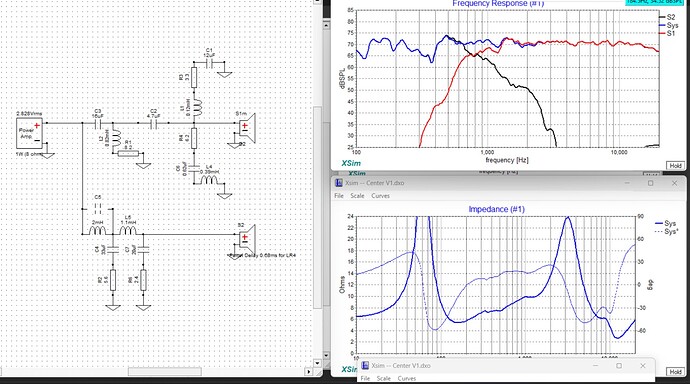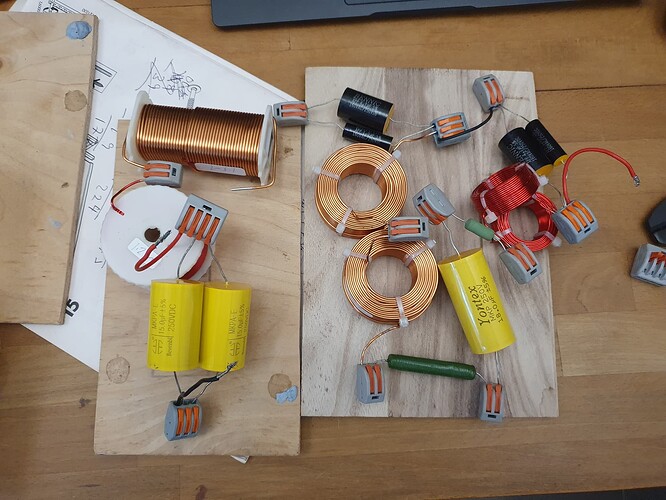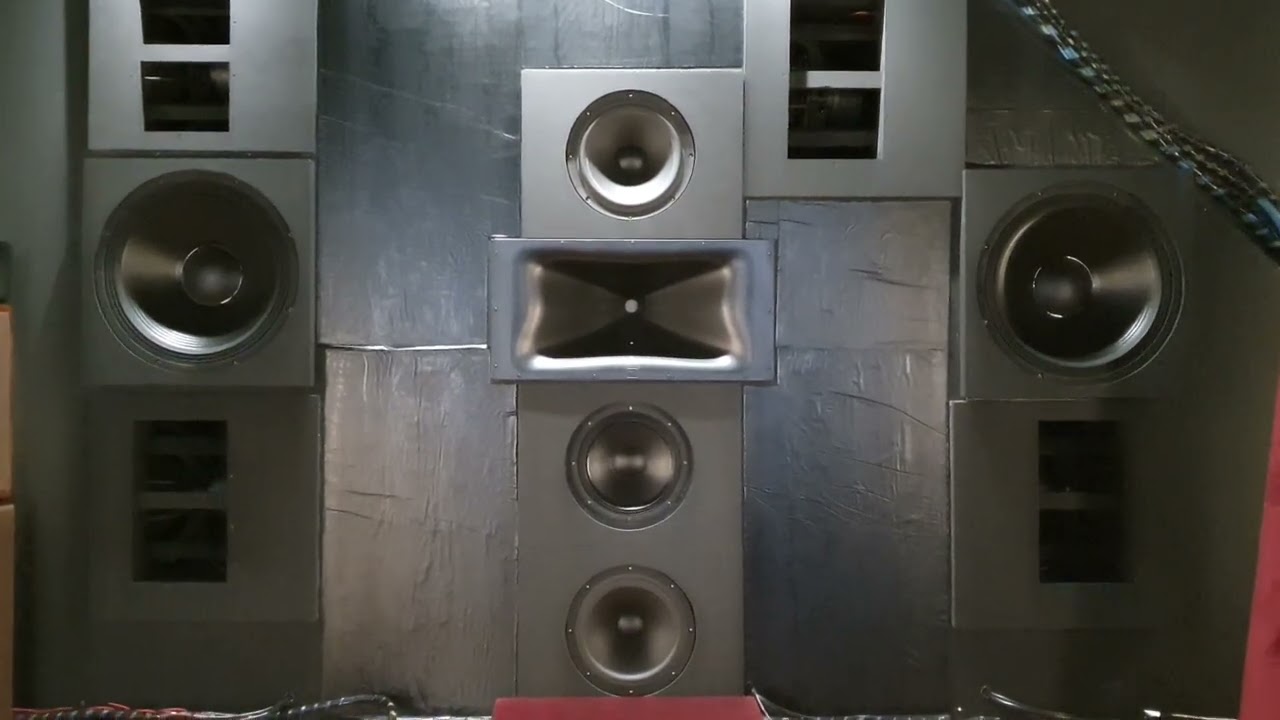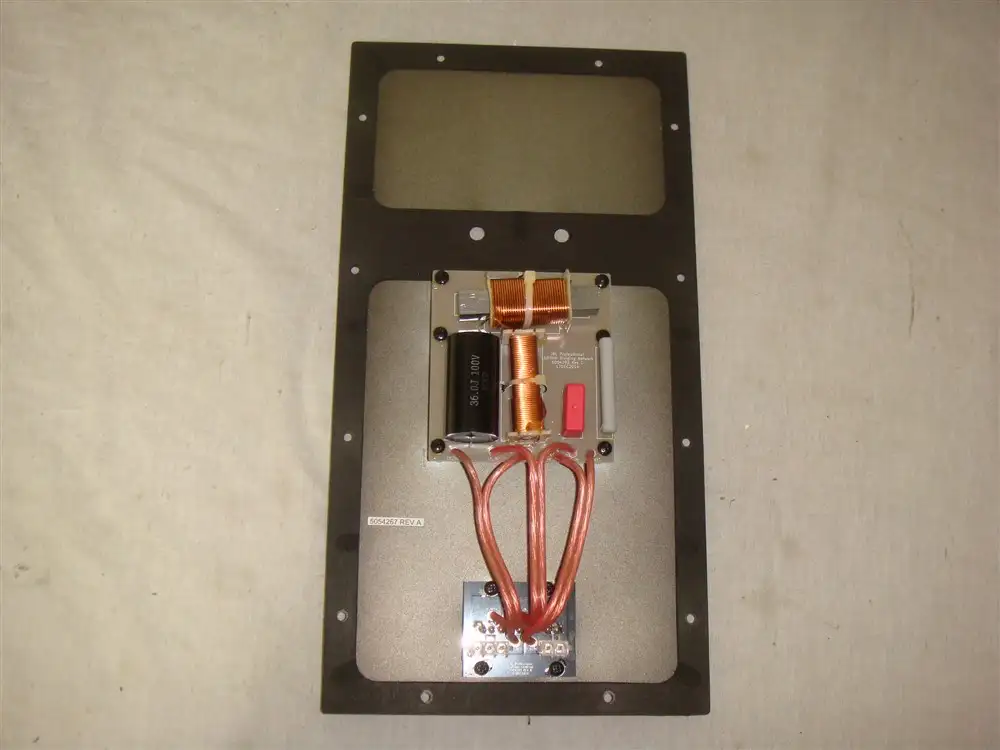Good segue to start on the center speaker crossover design. The LCR design for this project is the single largest determining factor between success and failure.
I tried to incorporate as much best practices as possible into the design. Front choosing the drivers, wg for directivity control, speaker cabinet vibration and external mounting vibration.
This is my biggest, most ambitious build using the fanciest parts. In a speaker, most critical part is the crossover design. One can do everything else absolutely stellar, and if the xo is lackluster, then the speaker will likely be mediocre as well.
In the early days of powered flight, there are the power people, who put the most powerful engines for maximum thrust. The Wilbur brothers focused on on flight controls. We know who won that race - power is nothing without control.
For me, the heart and soul of the speaker is the crossover, which together with the drivers, wg and baffle design, determine the directivity and power response.
Haha so without further ado.
First impromptu measurement session just to see what I’m dealing with. Just grabbed some cushions from the sofa haha.
Before proceeding any further, it is worth talking about some differences in my xo design vs a commercial speaker.
The main difference - commercial designs are often done in anechoic environment, without /minimal influence of the room. This is because they will go into vastly different rooms, large and small, lively reflective or acoustically treated.
However, my speaker design is done in-situ. I know exactly where it is going, and what acoustical environment it will be on.
One main difference with baffle mounted /in wall /soffit mounted speakers is there is much less BSC - baffle step compensation needed.
Bookshelf or floorstanding speakers are designed for in room placement, and need between 3-5dB of BSC, which is basically shelving down the mids and highs to bring down the top, to balance the bottom.
Also, as my speakers will be used with room correction, I can also synergize between the crossover voicing, and the room EQ.
![]()
![]()
